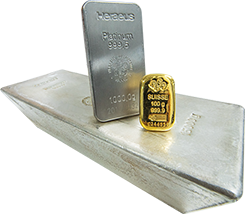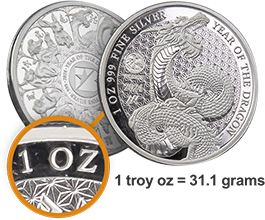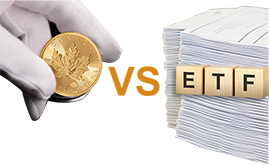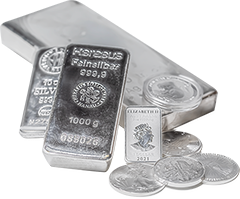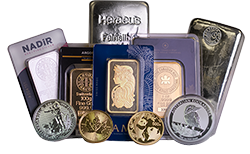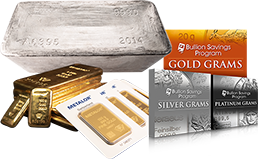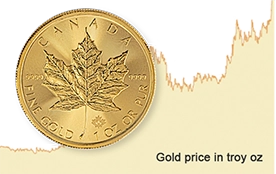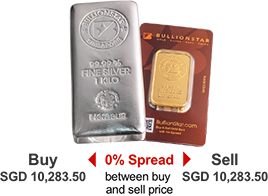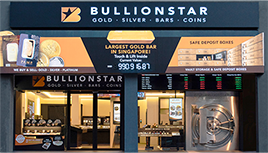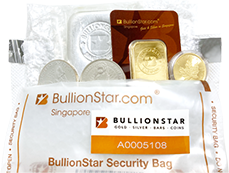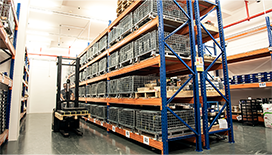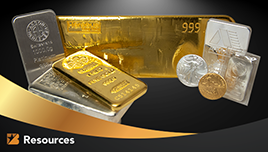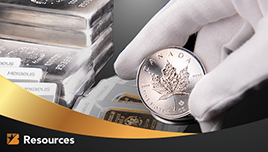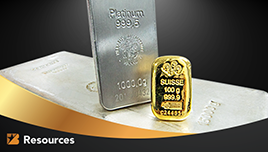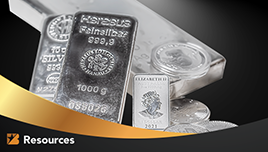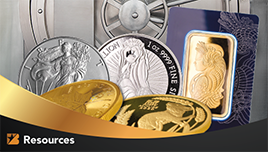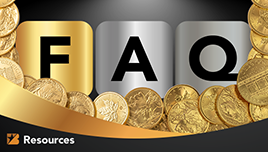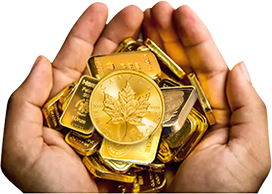
Why Precious Metals?
Gold and silver have been historically significant as forms of money and stores of value for thousands of years. Central banks today still hold substantial reserves of gold as a hedge against economic instability.
With inflation rampant, an item that cost 1 cent a century ago now costs over a dollar. All currencies still in circulation today have lost 99% or more of their purchasing power over the past 100 years. Many currencies have become defunct through hyperinflation, decrees, or war. Governments, central banks, and banks benefit from the redistribution caused by inflation. Inflation is essentially a tax on your savings, redistributing wealth and purchasing power from late receivers of newly printed money to early receivers. The late receivers are you and me, while the early receivers are governments, central banks, and banks.
On the other hand, precious metals have been the ultimate form of money for thousands of years. Gold and silver have retained their purchasing power and value throughout all of recorded history, spanning 6,000 years or longer. Physical precious metals are the only asset type that retains value and wealth from century to century, millennium to millennium.




